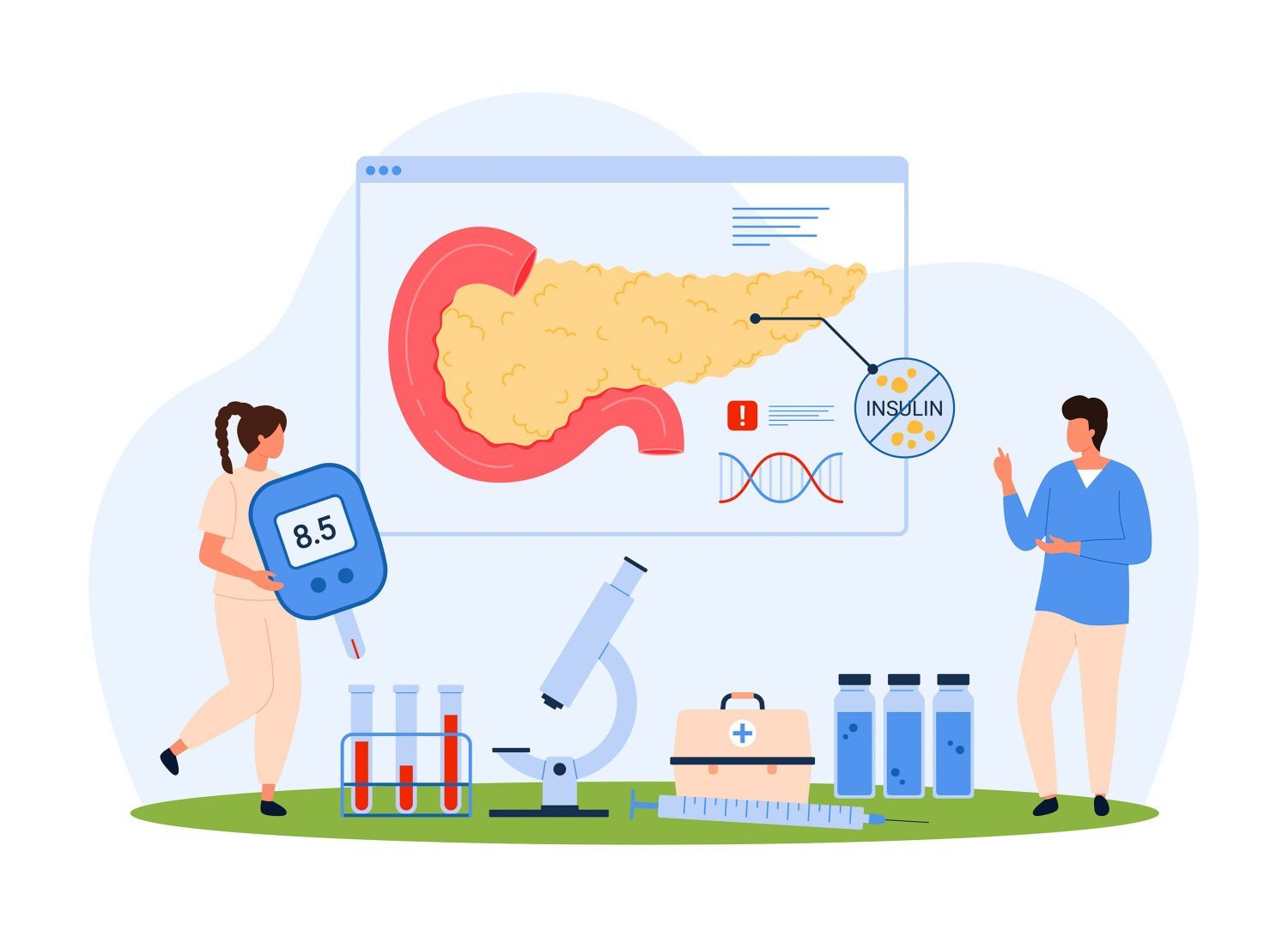Type 2 diabetes is a widespread disease among overweight people. However, a family predisposition plays just as important a role as excess weight.
It is a disease of patience. “Type 2 diabetes often begins insidiously with unspecific symptoms and can go unnoticed for years,” explains Claudia Cavelti-Weder, Head Physician at the Clinic for Endocrinology, Diabetology and Clinical Nutrition. “The diagnosis is often due to a chance finding.” Anyone who notices large amounts of urine, is thirsty and inexplicably loses weight is usually unable to correctly classify the warning signs.
When insulin is missing
The pancreas produces the vital hormone insulin. It transports sugar from the blood into the body’s cells, thereby lowering blood sugar levels. This can lead to malfunctions:
- Type 1 diabetes is an autoimmune disease and occurs particularly in young people. The immune system destroys the very cells that are necessary for insulin production in the pancreas.
- Type 2 diabetes is characterized by insulin resistance. The pancreas does produce insulin. However, the usual insulin dose no longer manages to lower the blood sugar.



